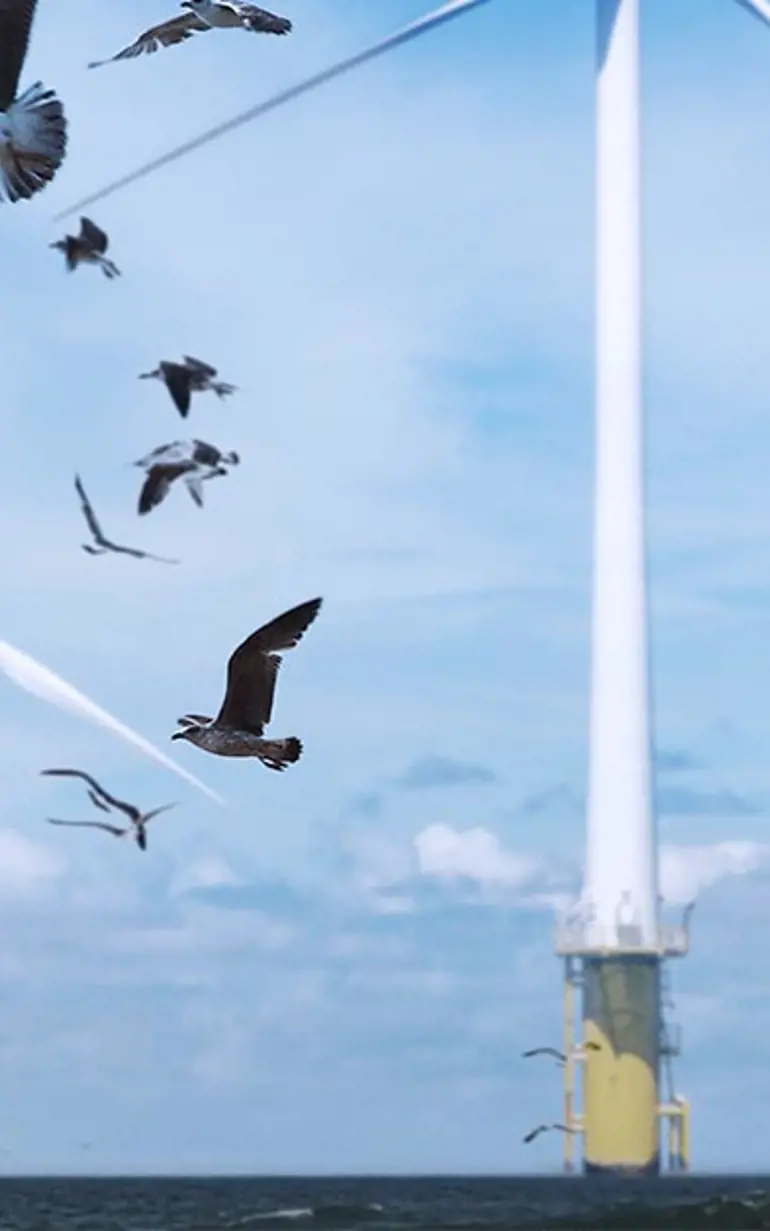
Ørsted and DHI develop bat and bird monitoring guidance for offshore wind industry
Ørsted and DHI have developed a bat and bird monitoring guidance document to support protection of vulnerable bat and bird species in the acceleration of the offshore wind industry.
An accelerated deployment of offshore wind is necessary to halt the worst impacts of climate change, including habitat loss for bird and bat species across the globe. In response to the buildout of offshore wind farms, there has been a huge global development in the innovation and application of automated monitoring technologies focused on the collision risk for birds and bats. But few monitoring technologies have been developed specifically for detection of flying birds and bats. Most available open-source technologies are merely offshore adaptations of technologies commonly applied onshore without consideration of the particular operational and technical challenges in offshore environments.
This bat and bird monitoring guidance is an easy-to-use catalogue of monitoring technologies focused on progress and challenges for offshore wind farm application and offers a careful assessment of the current status of monitoring technologies in terms of bat and bird detection, installation solution, operational monitoring, retrofit potential and costs. This document builds a toolbox to ensure appropriate localised design for operating offshore wind farms monitoring programmes, tailored to the species, geography and knowledge gaps of a given region.
The current approaches and technologies available across the globe have been reviewed and assessed in terms of performance and compliance in relation to current monitoring and mitigation requirements, primarily during the post-construction phase. The assessment includes the following technologies:
- Radar (2D and 3D)
- Camera
- Accelerometer
- Acoustic equipment
- Large-scale survey platform and large-scale telemetry
These technologies are covering all relevant spatial and temporal scales for assessment of bird and bat behaviour and collision risk. As collision mitigation is quickly becoming a central issue globally, the interfacing capacity of monitoring equipment with SCADA is included in this review, for the sake of integrating the possibility for smart curtailment where needed.
By making this guidance available, Ørsted and DHI hope to advance the offshore wind industry’s toolkit to measure, monitor, and avoid bird and bat collisions to build a world that runs on green energy in harmony with nature. The monitoring guidance is written by DHI colleague and senior ecologist Henrik Skov with contributions from Ørsted experts Rasmus Brøndum and Elisabeth Baden.
Read more here
How can we help?
With our global network of offices, we make sure you get the right answers to your local needs. Tell us about your water challenges and we will get back to you.